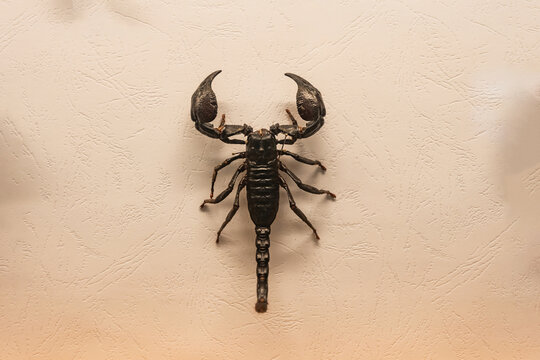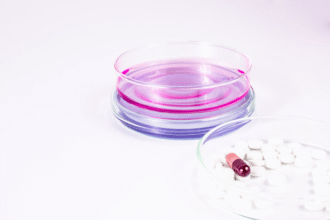First Aid for Scorpion Stings, Leech Bites, and Ant Stings
Outdoor activities can lead to encounters with scorpions, leeches, and stinging ants. Most reactions are mild, but some can be serious. Use the steps below to reduce harm and know when to get help.
Scorpion Stings
Scorpions deliver venom with a stinger at the end of the tail (telson). Most stings cause local pain, burning, and tingling; certain species can cause more serious symptoms, especially in children and older adults.
Do this now
- Move to a safe area away from the scorpion.
- Remove rings, watches, or tight items from the affected limb (swelling can occur).
- Wash the site with soap and water; gently pat dry.
- Apply a cold pack wrapped in cloth for 10–15 minutes on/10 minutes off to reduce pain and swelling.
- Elevate the limb if possible.
- Use over‑the‑counter pain relief as directed (e.g., acetaminophen or ibuprofen if not contraindicated).
Watch for urgent symptoms
- Drooling, trouble swallowing, jerking eye movements, muscle twitching, unusual sweating, vomiting
- Rapid breathing, wheezing, or difficulty breathing
- Severe, spreading pain; infants or older adults stung
If any of the above occur, or if pain is severe or involves the face/neck, seek urgent medical care or call emergency services.
What to avoid
- Do not use tourniquets, cut/incise the wound, or attempt suction—these increase harm and don’t remove venom.
- Do not try to “remove a stinger”—scorpions do not leave a stinger behind.
- Avoid alcohol or ointments that irritate the skin on the sting site.
Leech Bites
Leeches attach with a suction mouth and secrete an anticoagulant (e.g., hirudin), so bleeding can persist after removal.
Safe removal
- Preferably detach by breaking the seal: slide a clean fingernail, credit card edge, or blunt flat object under the mouth to lift it off; then the leech will release.
- Avoid using salt, vinegar, alcohol, flame, or strong chemicals if possible—these can cause the leech to regurgitate into the wound and raise infection risk. If no other option exists, removal with an irritant should be followed by thorough cleaning.
After removal
- Wash the site with soap and water.
- Apply direct pressure with clean gauze for 10–20 minutes to stop bleeding (reapply if needed).
- Apply a clean dressing; consider a small amount of topical antiseptic.
- Itching or redness can be treated with a cold compress and, if needed, an oral antihistamine per label instructions.
- Ensure tetanus immunization is up to date.
Seek medical care if
- Bleeding doesn’t stop with pressure, the wound looks infected (increasing redness, warmth, pus), you develop fever, or you feel unwell.
Ant Stings and Bites (e.g., Fire Ants)
Many ants bite and/or sting. Fire ant stings often form itchy wheals that can become pustules within 24 hours; multiple stings are common.
First aid
- Wash the area with soap and water.
- Apply a cold pack (10–15 minutes on, several times daily) to reduce pain and swelling.
- For itching and redness, use topical 1% hydrocortisone and/or an oral antihistamine as directed.
- Avoid scratching or popping pustules; keep the area clean and dry.
- Consider acetaminophen or ibuprofen for pain if not contraindicated.
When to seek urgent care
- Signs of anaphylaxis: hives beyond the site, swelling of lips/tongue/throat, wheeze or trouble breathing, dizziness/fainting, vomiting. Use an epinephrine auto‑injector if prescribed and call emergency services.
- Numerous stings (especially in children or older adults), stings to the face/neck, or symptoms spreading rapidly.
- Worsening redness/swelling after 48 hours, fever, or signs of skin infection.
Prevention Tips
- Wear closed shoes, long sleeves, and pants in endemic areas.
- Shake out clothing, bedding, and shoes before use.
- Avoid disturbing nests or turning over rocks or wood with bare hands.
- Use insect repellents and keep campsites tidy.
This guide is for general first‑aid education and does not replace professional medical care. Follow local protocols and seek emergency help when severe symptoms occur.







